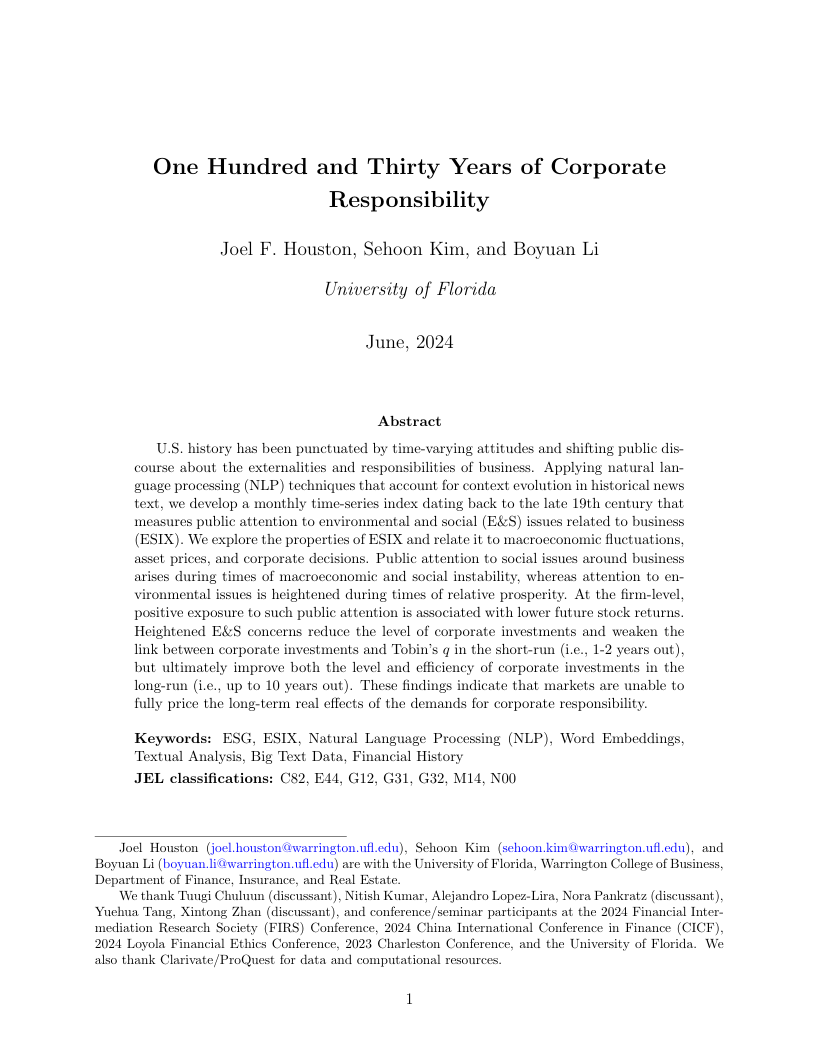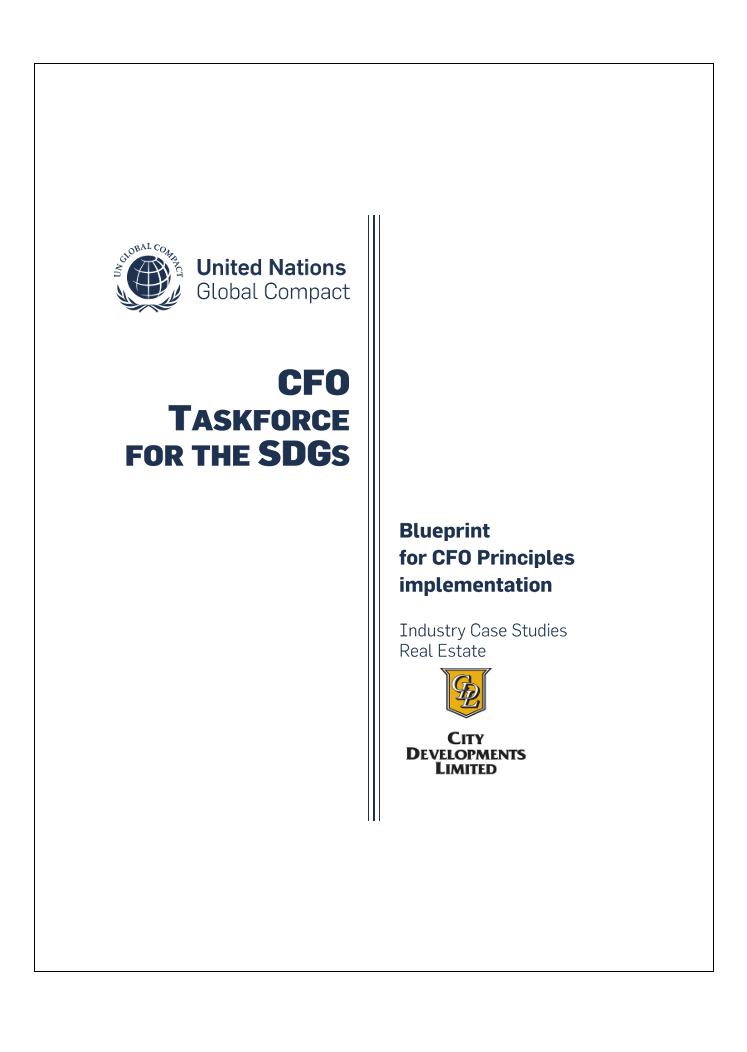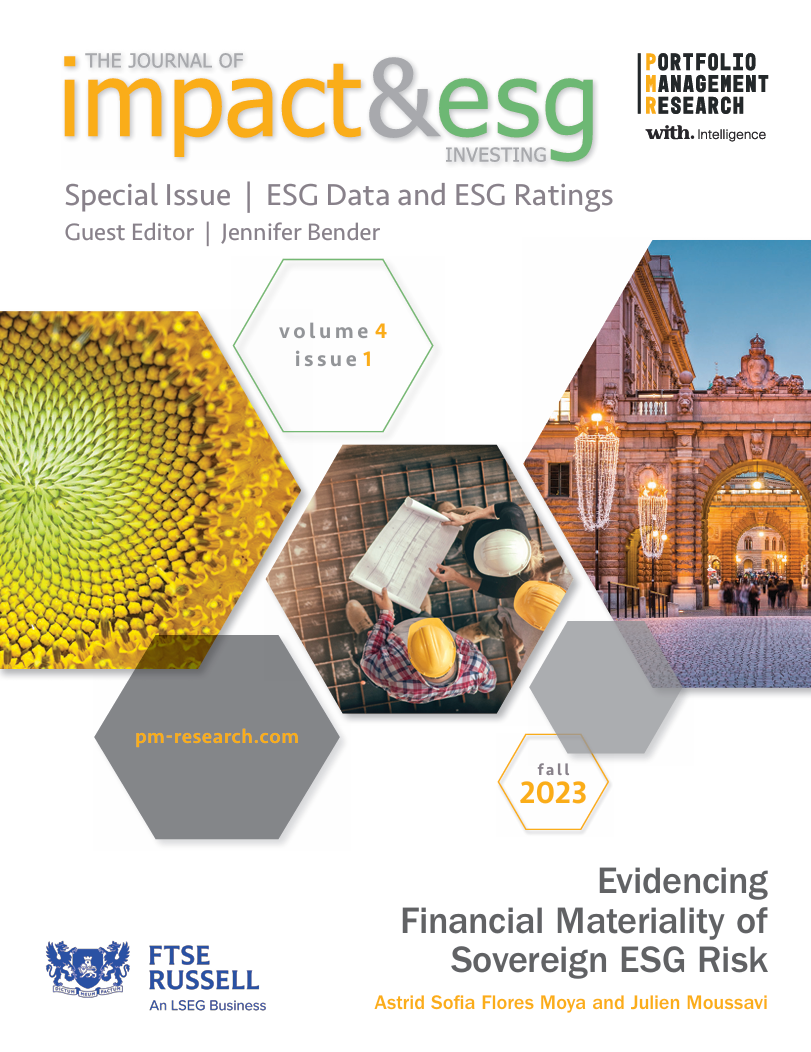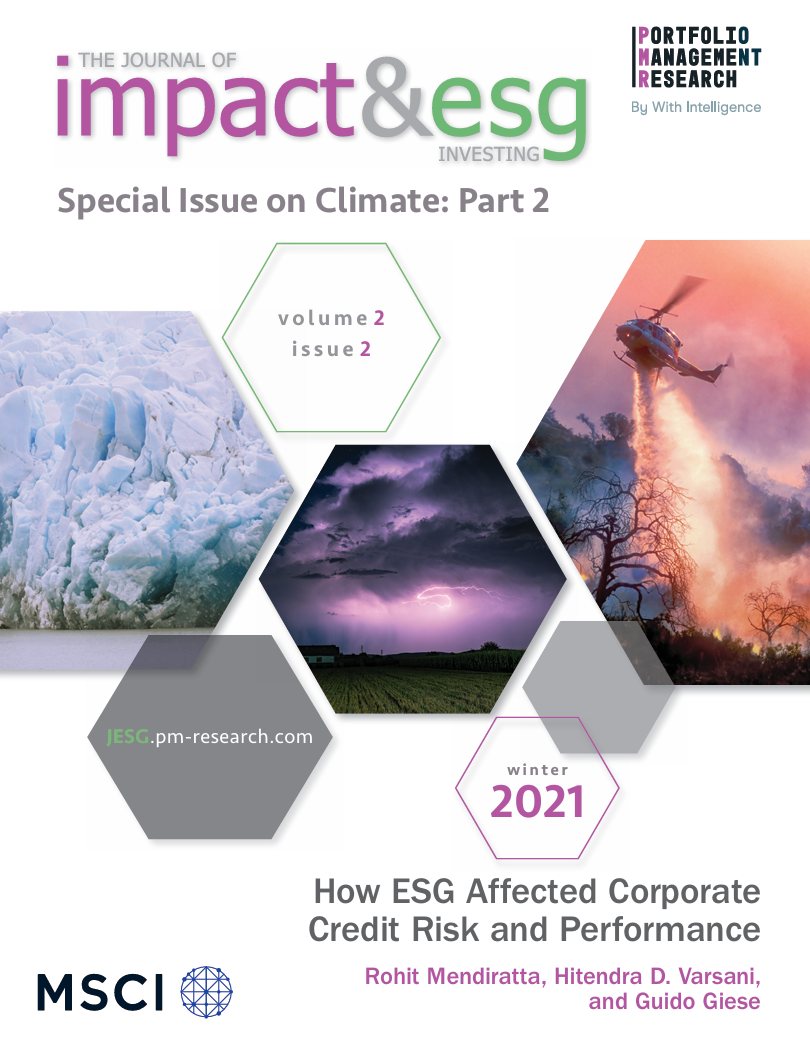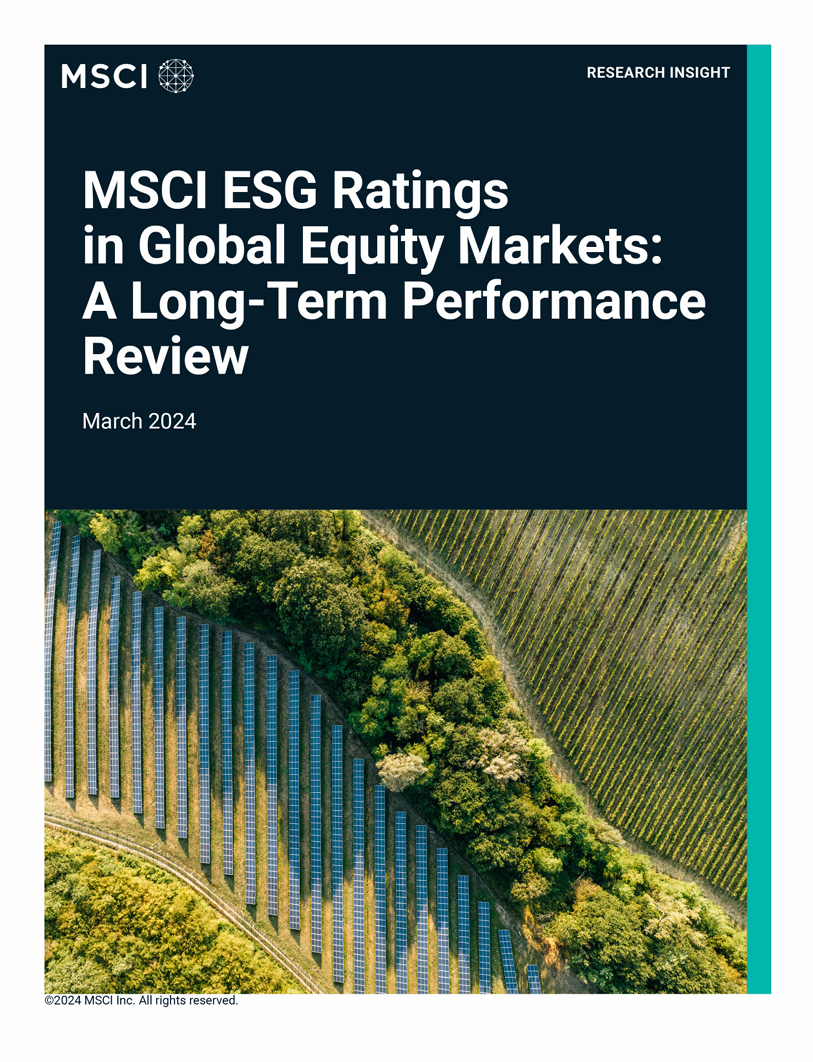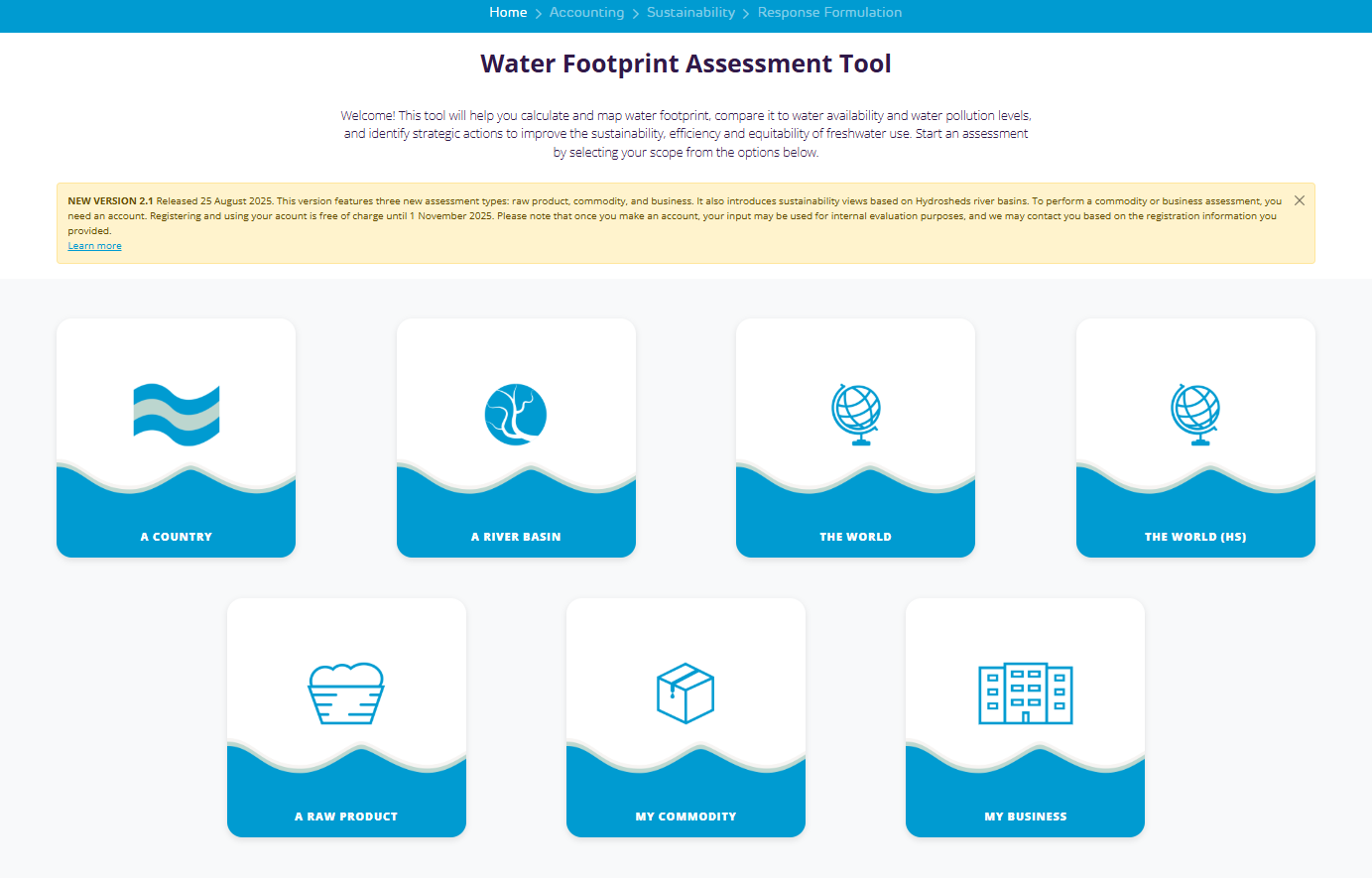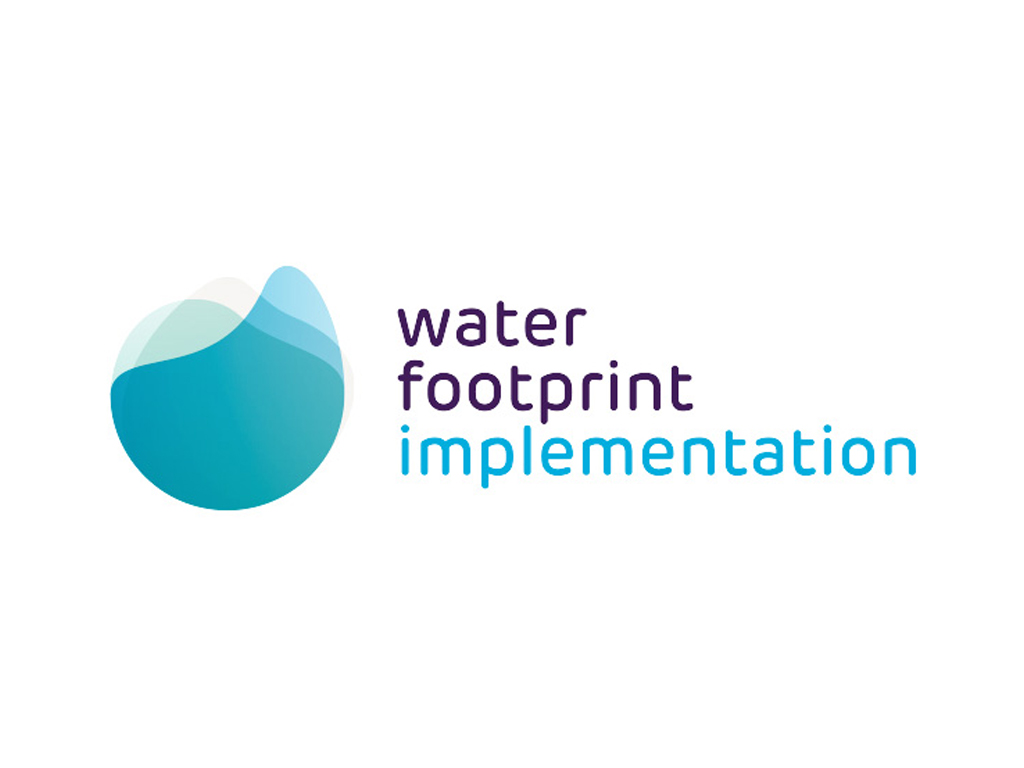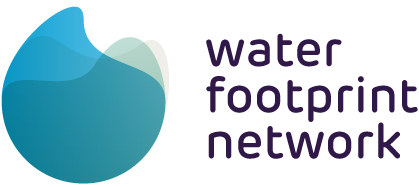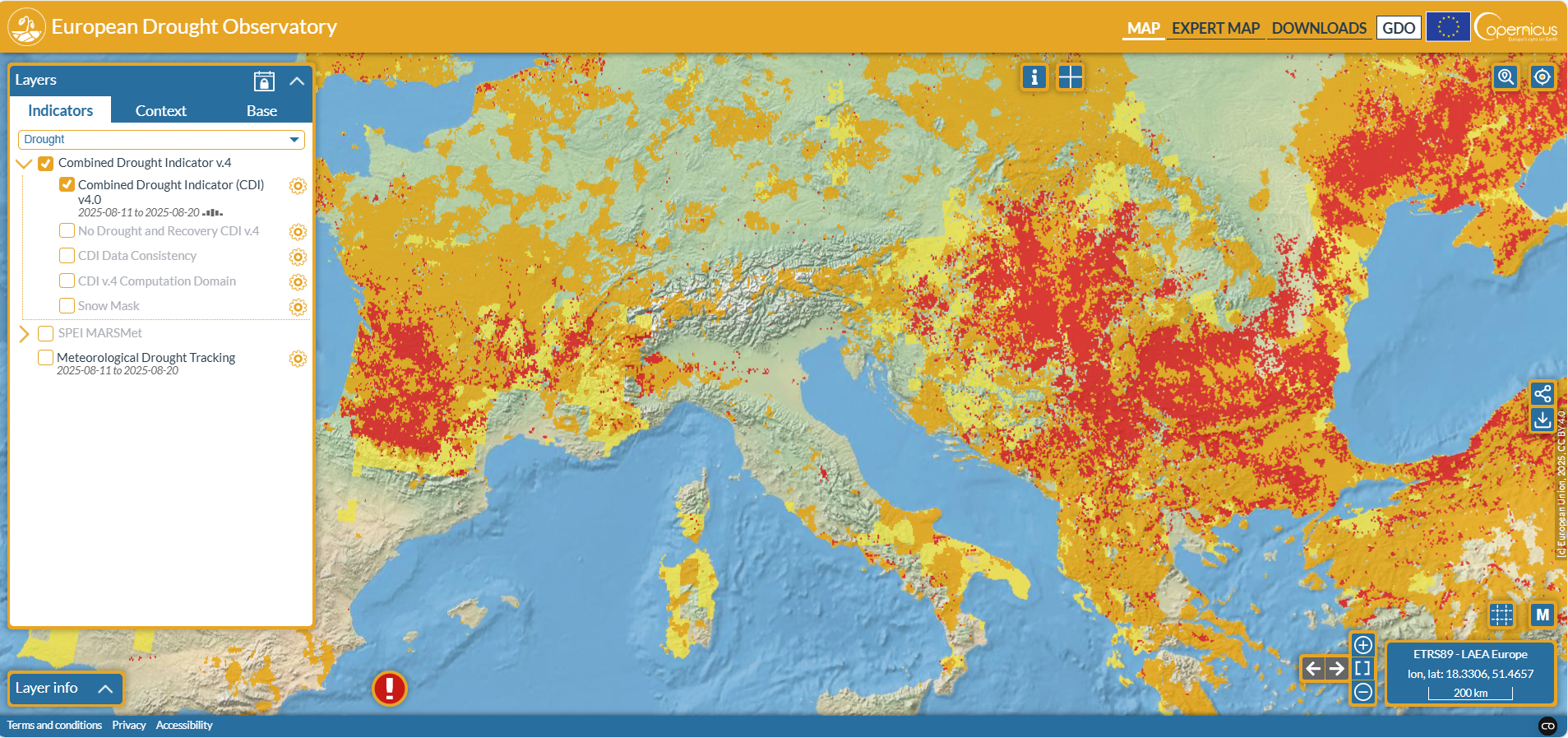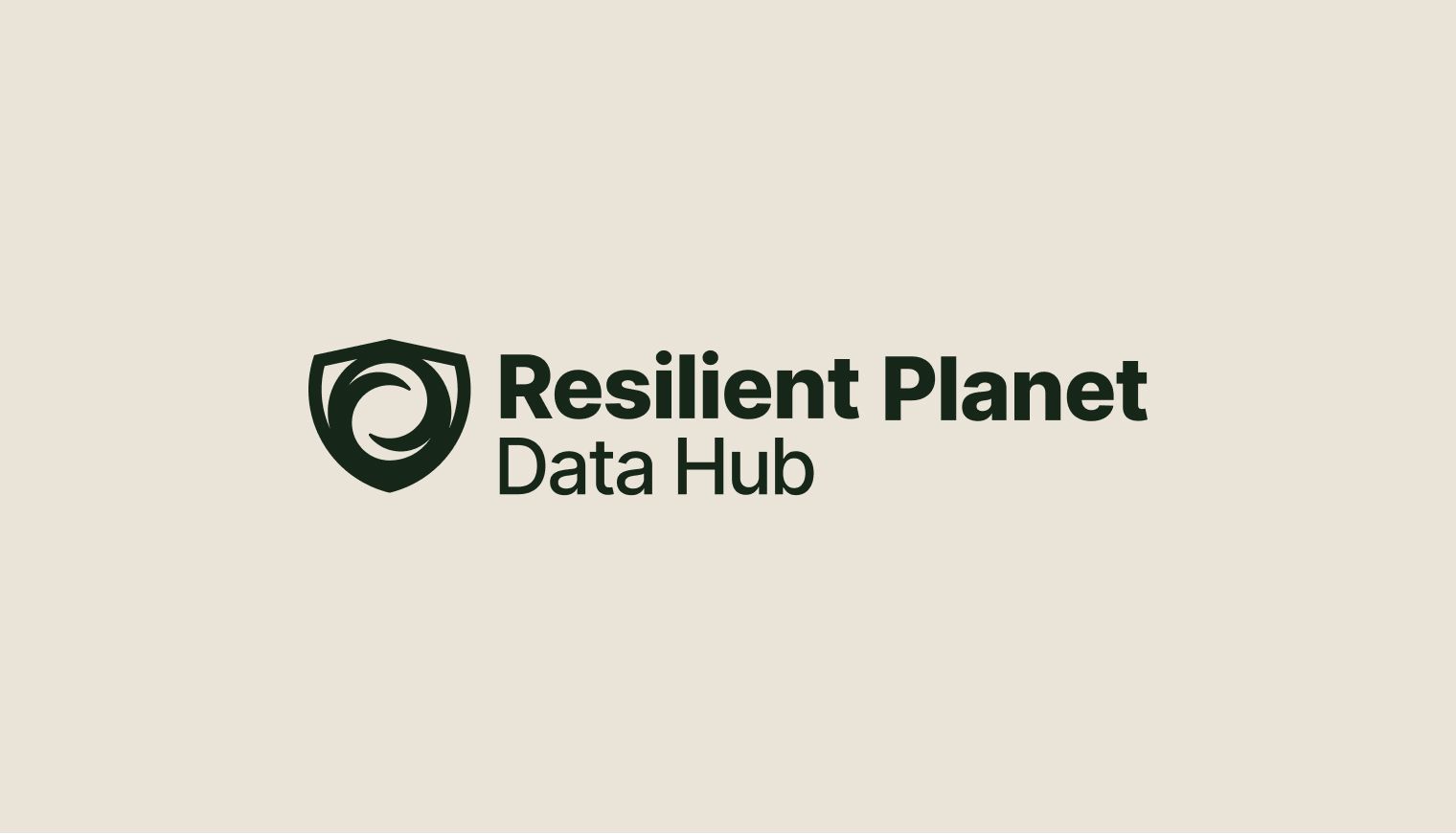Library | Sustainable Finance Practices
Impact measurement and verification
Approaches for defining, measuring, monitoring, and verifying the environmental, social, and financial impacts of investments using metrics, indicators, and verification standards.
Refine
255 results
REFINE
SHOW: 16


One hundred and thirty years of corporate responsibility
This report develops a 130-year index (ESIX) measuring public attention to environmental and social issues in business using historical news data. Findings show that such attention rises during instability (social) or prosperity (environmental), depresses short-term investment efficiency, but improves investment outcomes over longer horizons.
City development limited: Industry case studies: Real estate
City Developments Limited outlines its sustainability strategy, focusing on climate resilience, stakeholder engagement, and SDG-aligned investments. The report details historical drivers, innovation in green building, ESG integration, and financial performance, highlighting case studies on technology adoption and partnerships to advance low-carbon operations and responsible real estate growth.
Evidencing financial materiality of sovereign ESG risk
This report analyses the relationship between sovereign ESG risks and credit risk across 70 countries. Using FTSE Russell/Beyond Ratings data and five-year CDS spreads, it finds stronger financial materiality of ESG risks in emerging and high-yield markets, particularly for social and governance factors, with weaker results for environmental risks.
IMPACT2C web-atlas
The IMPACT2C web‑atlas is an interactive, open‑access platform that visualises the projected impacts of a +2 °C global warming across Europe and key vulnerable regions. It presents harmonised, model‑based findings—via maps, texts, and storylines—across sectors such as climate, water, energy, health, agriculture and coasts.
How ESG affected corporate credit risk and performance
This report analyses how ESG ratings influence corporate bond risk and performance. It finds that higher ESG-rated issuers show stronger financials, lower systematic and idiosyncratic risks, and better credit quality. ESG ratings provide additional insights beyond credit ratings, especially for high-yield and longer-dated investment-grade bonds.
MSCI ESG ratings in global equity markets: A long-term performance review
This MSCI report reviews the long-term performance of ESG ratings in global and developed equity markets. It finds that higher-rated companies outperformed peers, driven by stronger earnings growth and dividend yields rather than valuation effects. MSCI ESG indexes also generally outperformed their benchmarks across regions and during crises.
Water footprint assessment tool
The Water Footprint Assessment Tool is a free online application that enables businesses, governments, investors, NGOs and researchers to calculate and map green, blue and grey water footprints, assess sustainability, efficiency and equitable water use, and identify strategic actions to improve water management.
Water footprint implementation
Water Footprint Implementation supports companies and governments with water accounting, sustainability assessment and water-footprint compensation. A spin-off of Water Footprint Network research, it delivers actionable insights for ESG reporting, water stewardship, water-footprint benchmarking and tailored reduction strategies to enhance resilience, reduce risk and foster sustainable water management.
Water footprint network
Water Footprint Network is a non-profit, global collaboration platform advancing fair and smart freshwater use. It champions science-based water footprint assessment, offers open-access tools and data for businesses, governments and communities, and guides sustainable, equitable water governance to address water scarcity and pollution worldwide.
European drought observatory
Copernicus’ European Drought Observatory (EDO) mapviewer displays up‑to‑date drought indicators—such as soil moisture, low‑flow, precipitation and the Combined Drought Indicator—across Europe. Users can access, view and download data freely, though caution is advised interpreting some hydrological outputs east of Poland since mid‑May 2025.
Resilient Planet Data Hub
Resilient Planet Data Hub offers open, globally consistent climate and nature risk data to guide resilience and adaptation investment. Convened by UNDRR, Insurance Development Forum and University of Oxford, it powers tools like the GRI Risk Viewer and Resilient Planet Finance Lab to mobilise action, policy and finance for people, planet and prosperity.
Rocky Mountain Institute (RMI)
Rocky Mountain Institute (RMI) is an independent, non‑partisan, non‑profit focused on transforming global energy systems. It delivers market‑driven, clean energy and decarbonisation solutions—spanning policy, industry and communities—to advance affordable, zero‑carbon futures. RMI supports rapid energy transition and sustainable development through research, analysis and global collaboration.
Climate impact explorer
The Climate Impact Explorer is a web‑based visualisation tool by Climate Analytics that presents maps and graphs of projected climate‑change impacts such as temperature, precipitation and economic damages across global regions and provinces under different warming levels (e.g. 1.5 °C, 2 °C) and emission scenarios.
GRI risk viewer
The Global Resilience Index (GRI) Risk Viewer provides global‑scale risk metrics across hazard, exposure and vulnerability to assess risks to people, planet and prosperity via open, publicly available datasets.
Oxford Programme for Sustainable Infrastructure Systems (OPSIS)
Oxford Programme for Sustainable Infrastructure Systems (OPSIS) delivers research and education on resilient, sustainable infrastructure across energy, transport, water and digital systems. Based at the University of Oxford’s Environmental Change Institute, OPSIS develops system‑of‑systems models to assess climate risks and support data‑driven decision‑making for infrastructure resilience.
Guidance for leveraging the Singapore-Asia taxonomy in green and transition financing
This report provides practical guidance for applying the Singapore-Asia Taxonomy (SAT) in green and transition financing. It addresses data gaps, evolving criteria, transition plans, and scenarios where full alignment with SAT is not possible, promoting credible financing practices across Southeast Asia’s key sectors.
